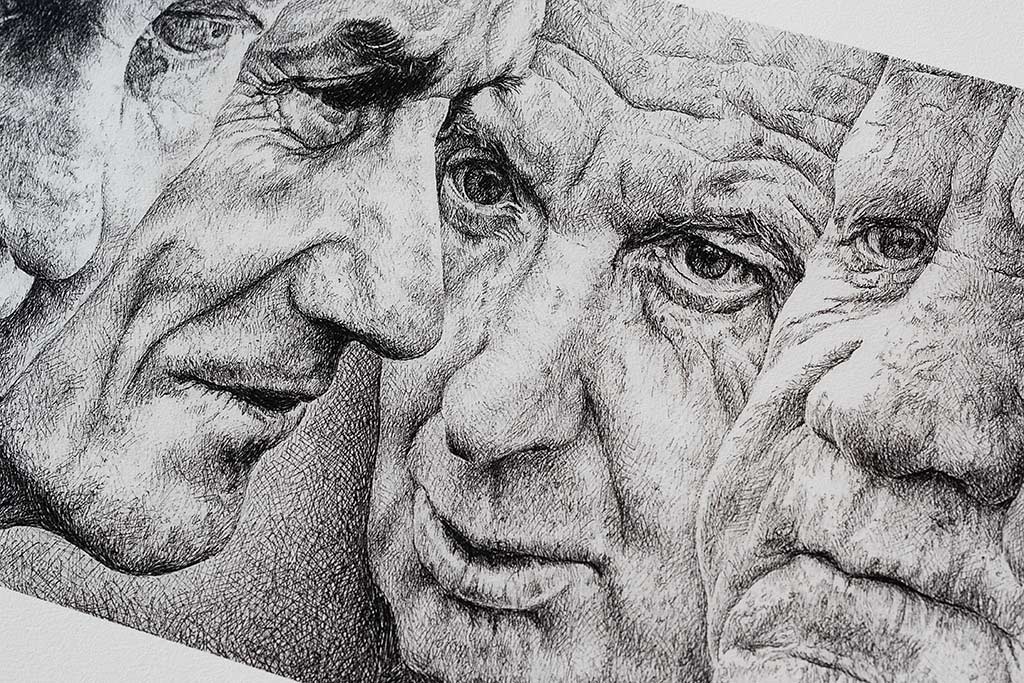Printing Preparation and Printing
What should the print file be like?
For a proper print, one prerequisite is a high-quality original file. If the artwork to be printed is up to A3 size, it's recommended to send files in at least compressed JPEG format. For larger prints, it's advisable to save the source file as an 8-bit TIFF file, especially for very large artworks, in 16-bit if possible. The larger the file and the higher the resolution, the more information we have for print preparation.
Heikki Leis
